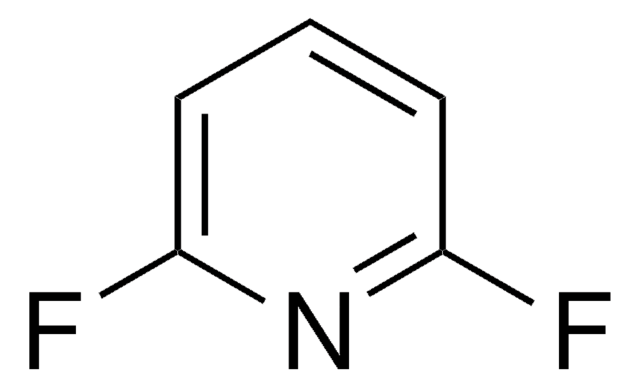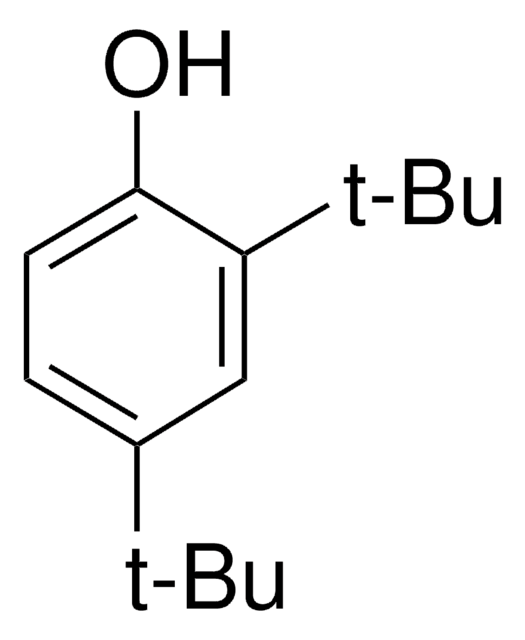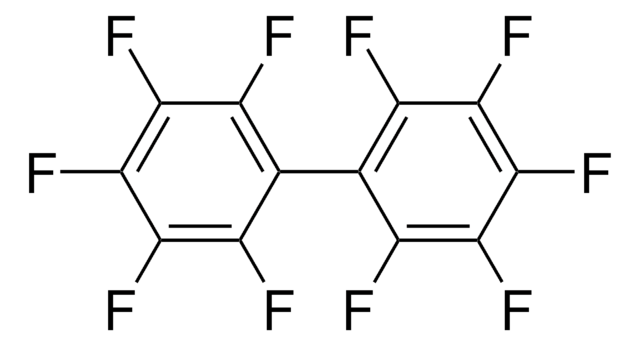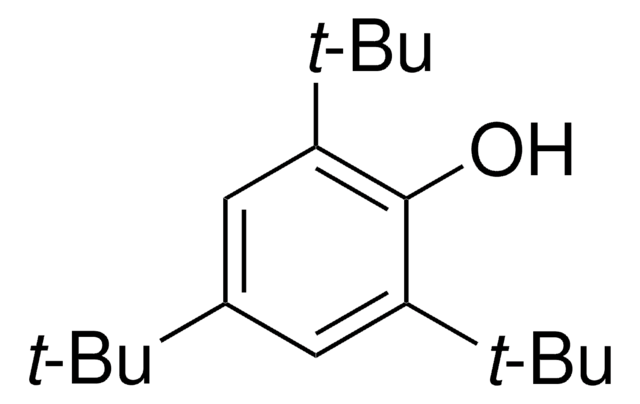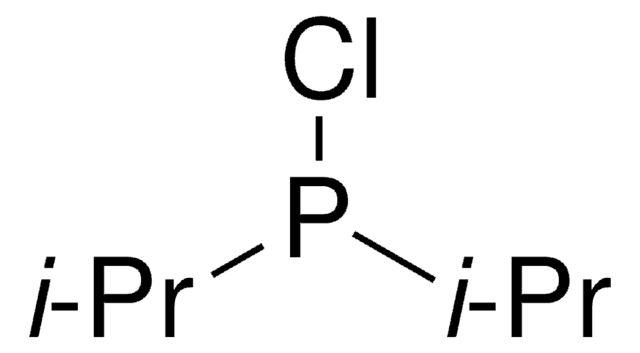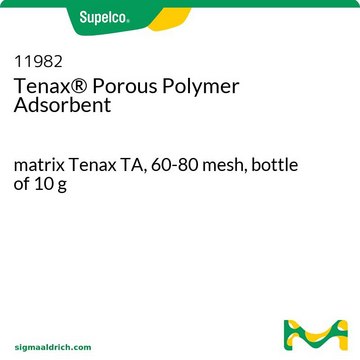All Photos(1)
About This Item
Linear Formula:
(C6H5)2C6H3OH
CAS Number:
Molecular Weight:
246.30
EC Number:
MDL number:
UNSPSC Code:
12352100
PubChem Substance ID:
NACRES:
NA.22
Recommended Products
Quality Level
Assay
98%
form
solid
mp
101-103 °C (lit.)
SMILES string
Oc1c(cccc1-c2ccccc2)-c3ccccc3
InChI
1S/C18H14O/c19-18-16(14-8-3-1-4-9-14)12-7-13-17(18)15-10-5-2-6-11-15/h1-13,19H
InChI key
ATGFTMUSEPZNJD-UHFFFAOYSA-N
Looking for similar products? Visit Product Comparison Guide
General description
2,6-Diphenylphenol reacts with with (n)BuLi, NaH, KH, or Rb or Cs metal in benzene to yield the solvent-free complexes [M(OAr)]x.
Application
2,6-Diphenylphenol has been used:
- as ligand during the synthesis of reduced coordination (less than 6), unchelated manganese oxygen cluster systems
- in the preparation of derivatives of pyrazine-2,3-dicarbonitrile, precursor required for the synthesis of octaazaphthalocyanine (AzaPc) derivatives
Signal Word
Warning
Hazard Statements
Precautionary Statements
Hazard Classifications
Aquatic Acute 1 - Aquatic Chronic 1
Storage Class Code
11 - Combustible Solids
WGK
WGK 3
Flash Point(F)
Not applicable
Flash Point(C)
Not applicable
Personal Protective Equipment
dust mask type N95 (US), Eyeshields, Gloves
Choose from one of the most recent versions:
Already Own This Product?
Find documentation for the products that you have recently purchased in the Document Library.
Customers Also Viewed
Saad Makhseed et al.
Chemistry (Weinheim an der Bergstrasse, Germany), 14(16), 4810-4815 (2008-05-01)
The synthesis of octaazaphthalocyanine (AzaPc) derivatives, with bulky phenoxyl substituents placed at eight peripheral positions and containing either H(+), Ni(2+) or Zn(2+) ions in their central cavity, is described. The required precursors, derivatives of pyrazine-2,3-dicarbonitrile, were prepared using a nucleophilic
Charles S Weinert et al.
Inorganic chemistry, 42(19), 6089-6094 (2003-09-16)
Reaction of 2,6-diphenylphenol (HOC(6)H(3)Ph(2)-2,6) with (n)BuLi, NaH, KH, or Rb or Cs metal in benzene gives the solvent-free complexes [M(OAr)]x in excellent yield. The complex [Rb(OC(6)H(3)Ph(2)-2,6)](x)() exhibits a ladderlike structure in the solid state with triply bridging oxygen atoms and
Sandeep K Kondaveeti et al.
Inorganic chemistry, 51(19), 10095-10104 (2012-09-06)
The synthesis of reduced coordination (less than 6), unchelated manganese oxygen cluster systems is described. Addition of phenols to Mn(NR(2))(2) (R = SiMe(3)) results in protolytic amide ligand replacement, and represents the primary entry into the described chemistry. Addition of
Camilo J Viasus et al.
Chemistry (Weinheim an der Bergstrasse, Germany), 23(68), 17269-17278 (2017-10-17)
The reactivity of carbon dioxide with vanadium(III) aryloxo complexes has been investigated. The formation of either carbon monoxide or incorporation into the ligand system with the ultimate formation of organic ester was observed depending on the overall electron donor ability
Ursula J Williams et al.
Dalton transactions (Cambridge, England : 2003), 43(43), 16197-16206 (2014-08-26)
The trivalent compound K[Ce[N(SiHMe2)2]4] was synthesized and oxidized, providing a convenient route to the reported cerium(IV) compound Ce[N(SiHMe2)2]4. Protonolysis reactions of Ce[N(SiHMe2)2]4 with tert-butanol, substituted benzyl alcohols, and 2,6-diphenylphenol yielded the neutral tetravalent compounds Ce(O(t)Bu)4(py)2, Ce2(OCH2C6R5)8(thf)2 (R = Me, F)
Our team of scientists has experience in all areas of research including Life Science, Material Science, Chemical Synthesis, Chromatography, Analytical and many others.
Contact Technical Service